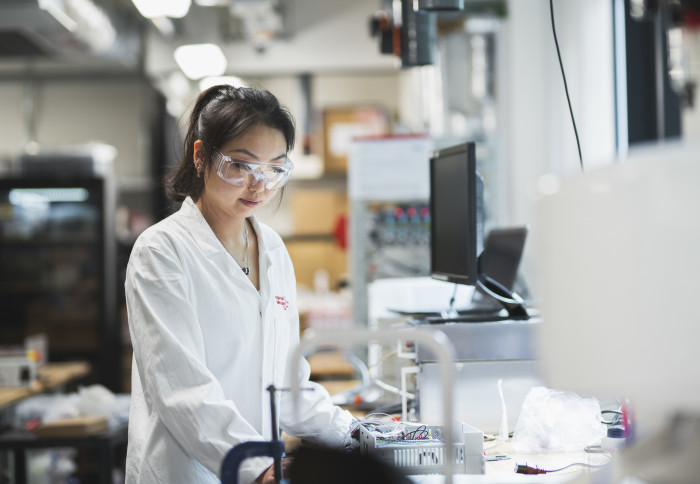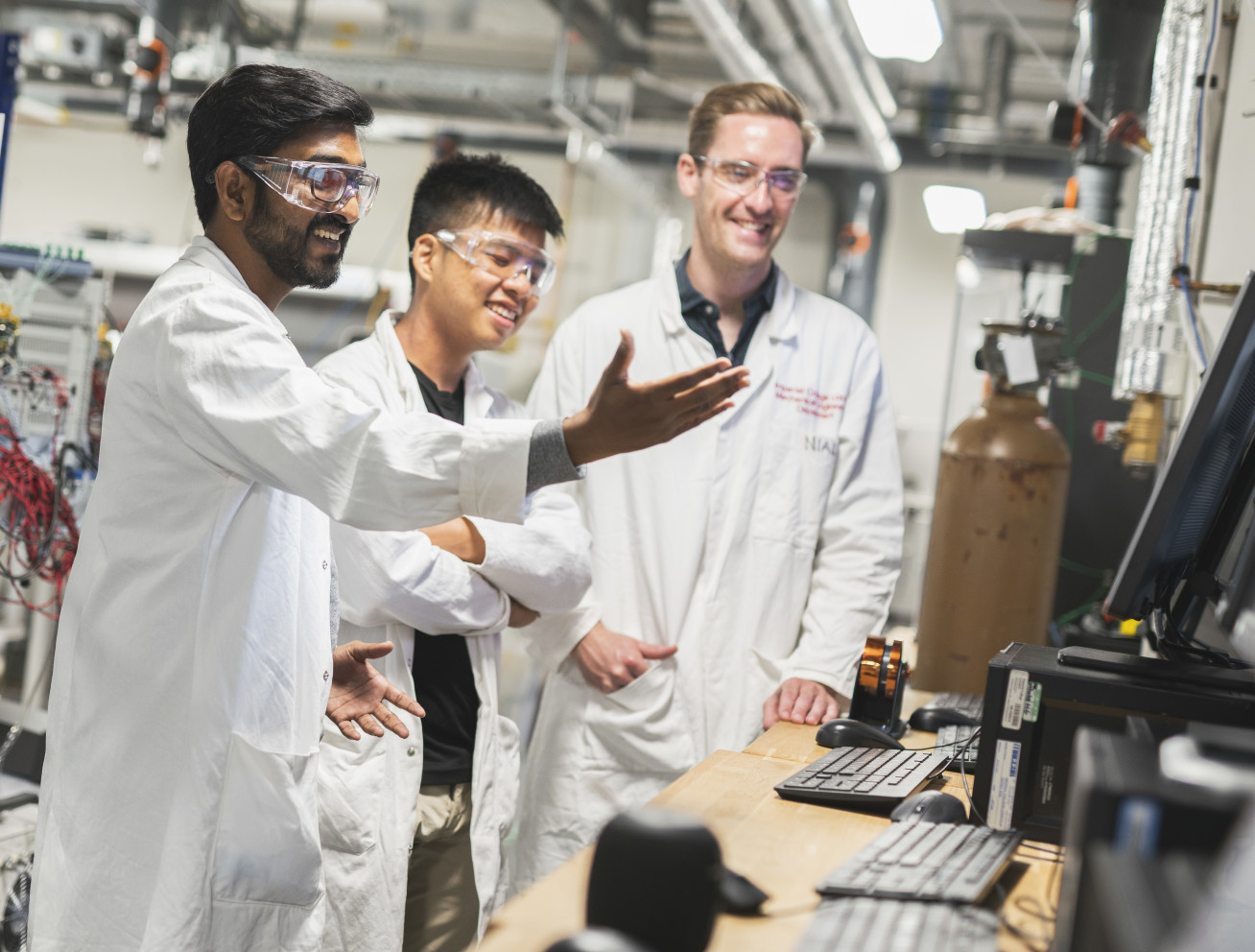Boost to battery research as Faraday Institution announces £29m investment

The UK’s flagship battery research programme has announced a further £29m investment in key battery research projects.
Four existing projects involving researchers from Imperial College London have received a funding boost as the Faraday Institution aims to bolster research with significant commercial potential.
The projects, which will progress over the next two years to the end of March 2025, are among a total of six which have been reshaped by the institute to focus on the areas with the greatest potential for success.
Among them is the Multiscale Modelling project, led by Professor Gregory Offer from the Department of Mechanical Engineering, which is developing battery models to enhance our ability to predict battery behaviour and performance, as well as enable battery engineers to improve designs without the need to build expensive prototypes.
We’ve been working closely with our partners across the UK to build and refine fast, reliable, accurate and versatile modelling tools that make it cheaper and easier to bring new battery systems to market. Professor Gregory Offer Principle Investigator, Multi-scale Modelling Project
With renewed funding, the project will further develop parameterisation methods and techniques for next-generation models, including those for technologies beyond lithium-ion, and grow the capabilities of PyBaMM, an open-source physics-based model which aims to enable better health and performance prediction at cell and pack level.
“Over the past five years, we’ve been working closely with our partners across the UK to build and refine fast, reliable, accurate and versatile modelling tools that make it cheaper and easier to bring new battery systems to market. We’re delighted to be able to build on that success with this new support,” said Professor Offer.
Imperial researchers are also involved in the Faraday Institution’s Degradation project, which is developing ways to extend battery life; the ReLiB project, which seeks to improve and scale battery recycling technologies; and the LiSTAR project, which is addressing the current limitations of lithium-sulfur batteries.

Each of these projects has received further funding from the Faraday Battery Challenge, delivered by Innovate UK for UK Research and Innovation.
Commenting on the announcement, Professor Pam Thomas, CEO, Faraday Institution, said: “The Faraday Institution is committed to identifying and investing in the most promising and impactful battery research initiatives. This project refocusing is an important part of that process, and allows us to direct even more effort towards those areas of research that offer the maximum potential of delivering societal, environmental, and commercial impact.”
The Faraday Institution is the UK’s independent institute for electrochemical energy storage research, skills development, market analysis, and early-stage commercialisation. It brings together expertise from 27 universities and over 85 industry partners.
Imperial College London, one of the world’s leading universities for battery research, was among the institute’s founding members, with some 35 Imperial researchers directly involved in Faraday Institution projects over the past three years.
Article supporters
Article text (excluding photos or graphics) © Imperial College London.
Photos and graphics subject to third party copyright used with permission or © Imperial College London.
Reporter
Conor McNally
The Grantham Institute for Climate Change